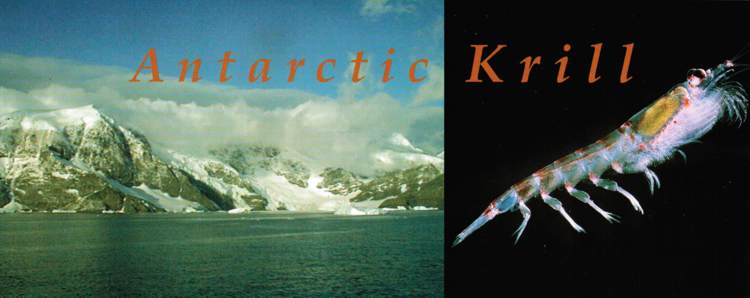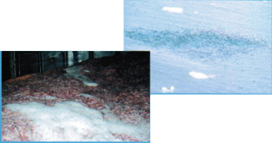
What is krill? The name comes from a Norwegian term meaning "small fry", and specifically refers to a species of pelagic marine planktonic crustaceans. Antarctic Krill, known as Euphausia Superba, are about 4 - 5 cm in length and look very much like shrimp.
Each krill consists of about 15% high quality protein containing vital amino acids and about 3% fat and vitamins. It supplies minerals such as iron, phosphorus, and calcium. It is human consumption grade, widely used in seafood recipes in the homes and restaurants of Japan as it is very nutritious and a natural source of energy.
In the winter, the Antarctic
and its sea-ice ecosystem
together are more than three
times the size of the USA.
Krill are caught in the clear Antarctic Ocean and are processed within one hour and packed onboard specially equipped ships to ensure it's freshness, taste and superlative quality.
Krill is offered in many different forms. We have frozen fresh and blanched, freeze-dried, krill meal, krill meat and krill paste. We hop to offer krill oil and krill protien soon.
Krill is widely used to feed marine life in aquarium, large and small. It is also of interest in the aquaculture field as wel as the nutraceutical, as it is very abundant, ther being an estimated 50 billion tons in the Antarctic of which only a small percent is being harvested.
Krill travel the Southern Ocean in huge swarms that are so
dense and large they can literally turn the ocean surface pink.
Krill are one of the most important elements in the Antarctic
food chain. They feed on microscopic plants (phytoplankton)
that float around the Southern Ocean)
This vast frozen expanse
harbors tiny Krill among
the ice crystals beneath it.

